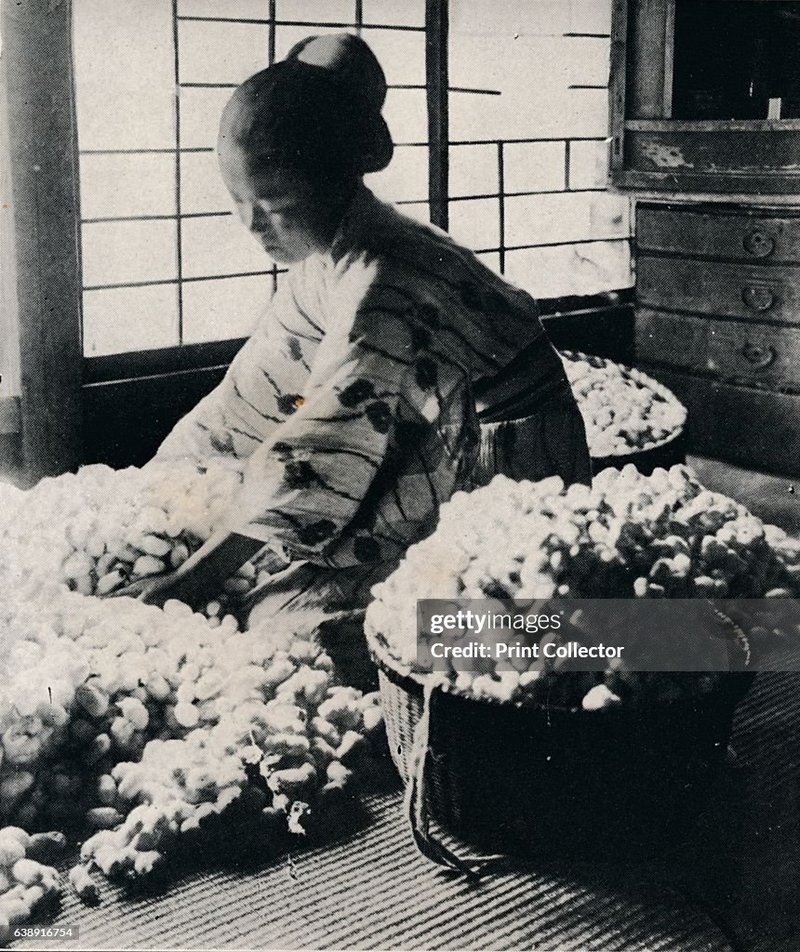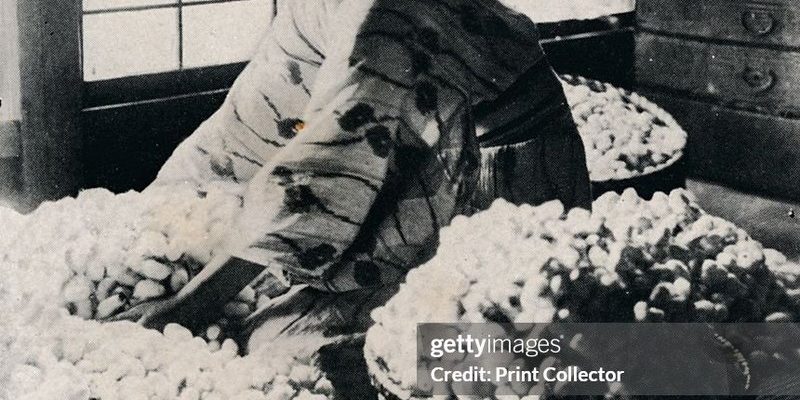
Silkworms aren’t your typical caterpillars. They are an integral part of a process that has transformed societies, particularly in China, where silk production first took root. Much like a skilled artist takes raw materials and creates a masterpiece, silkworms spin threads that have captivated humanity for centuries. Silk production has evolved, but it remains a testament to human ingenuity and the delicate relationship we share with nature.
The Origins of Silk Production
The tale of silk production begins around 2700 B.C. in ancient China. According to legend, Empress Leizu stumbled upon the silky threads while sipping tea in her garden. Imagine her surprise when a silkworm cocoon fell into her cup and unraveled into beautiful fibers. That mesmerizing moment sparked the beginning of *sericulture*, the art of raising silkworms for silk.
Originally, the Chinese kept the secrets of silk production tightly guarded, often facing severe penalties for anyone who dared to reveal the process. This tight-lipped approach not only shielded their industry but elevated silk to a premium good, used as currency and offered as tribute to emperors. The fascination with silk spread beyond China’s borders, leading to what we now recognize as the Silk Road—a network of trade routes that connected the East and West, exchanging silk and other treasures.
The Lifecycle of the Silkworm
You might be wondering what makes silkworms so special. The lifecycle of a silkworm goes through four main stages: egg, larva (caterpillar), pupa (cocoon), and adult moth. Here’s how it works:
- Egg: The journey begins with tiny silkworm eggs laid by the female moth. They are often smaller than a pinhead and hatch in about 10 days.
- Larva: Once hatched, the larvae, or caterpillars, eat mulberry leaves voraciously. They grow rapidly, molting several times as they expand.
- Pupa: After about 4 to 6 weeks, the caterpillars stop eating and spin their cocoons using a single thread of silk that can be up to 1 kilometer long.
- Adult Moth: Eventually, the moth emerges from the cocoon, but it’s a strictly one-way ticket; the cocoon is destroyed in the process of harvesting silk.
This lifecycle creates the delicate fiber we cherish. Each step is crucial—like a recipe where you can’t skip an ingredient without altering the final taste.
The Traditional Process of Silk Production
From the moment the eggs hatch, the cultivation of silkworms is an art in itself. It involves careful attention to detail. Here’s how the traditional process unfolds:
1. **Rearing**: Farmers raise the silkworms in a controlled environment, ensuring they have plenty of fresh mulberry leaves to eat. This is akin to nurturing a fine wine; the quality of food directly affects the outcome.
2. **Harvesting**: Once the silkworms spin their cocoons, it’s time for harvesting. Farmers wait for the perfect moment when the cocoons are at their peak. If they wait too long and the moths emerge, the silk may be ruined.
3. **Boiling and Spinning**: To extract the silk strands, cocoons are boiled, which kills the pupa inside. It’s a bit harsh, but this step ensures the silk threads remain intact. After boiling, the threads are carefully unwound and spun together to create silk.
4. **Dyeing and Weaving**: The silk threads are then dyed and woven into beautiful fabrics, ready for the world to enjoy. This stage involves creativity and artistry, transforming simple threads into stunning textiles.
Silk Production Spread Across Cultures
As the Silk Road opened pathways between different regions, silk production began to flourish in various cultures. Each area added its unique twist to the art of sericulture. In India, for instance, the production of *Muga silk*, known for its natural golden hue, became prominent. This silk has deep-rooted cultural significance and is known for its durability.
Similarly, Japan developed its own silk industry, particularly famous for *Tsumugi silk*, which is made from the silk of wild silkworms. Japan’s approach emphasizes meticulous craftsmanship, reflecting the cultural values of precision and beauty.
These adaptations not only expanded the market for silk but also enriched the tapestry of global culture. Every region brought its traditions, techniques, and styles, making silk a symbol of local identity as much as luxury.
The Impact of Technology on Silk Production
Fast forward to the modern era, where technology has transformed every aspect of silk production. Advances in genetics and agriculture have led to silkworms bred for higher productivity and disease resistance. These innovations are akin to upgrading an old car; they keep the process efficient and effective.
Additionally, technology has improved the methods of spinning and weaving silk. Machines can now produce silk fabrics at a speed and consistency that was unimaginable in the past. However, there’s an ongoing debate about the balance between tradition and modernity. Some purists argue that machine-made silk lacks the charm of handcrafted pieces.
Yet, it’s important to recognize that technology doesn’t have to erase tradition. Instead, it can open up new avenues for artisans to showcase their work, blending the old with the new.
The Future of Silk Production
As we gaze towards the horizon, the future of silk production continues to evolve. There are growing discussions about sustainability and ethical practices in the industry. More consumers are seeking silk that’s produced with care for the environment and animal welfare. This shift is like a call to action, urging us to reconsider our choices as consumers.
Innovations like *cultivating silk from textiles and plant fibers* are becoming more prevalent. These alternatives promise to reduce the reliance on traditional sericulture while addressing ethical concerns. As these new methods gain traction, the definition of silk might expand, leading to an exciting blend of innovation and tradition.
Silk production using silkworms is more than just an ancient craft; it’s a narrative woven through time. It’s a blend of nature, tradition, technology, and culture that continues to captivate our imaginations. From the legendary origins in China to the global adaptations we see today, silk represents a rich heritage that connects us all.
In a world that often rushes forward, reflecting on the history and artistry of silk can be a grounding experience. Whether you’re wearing a silk scarf or admiring a silk tapestry, remember the journey it took to get there. Each thread carries stories of creativity, tradition, and a deep respect for nature—truly a beautiful legacy.

